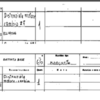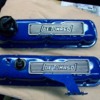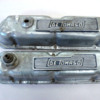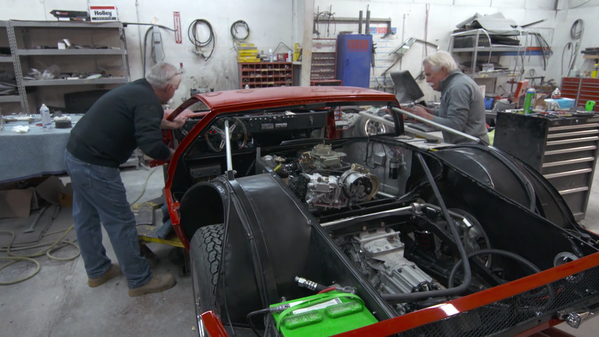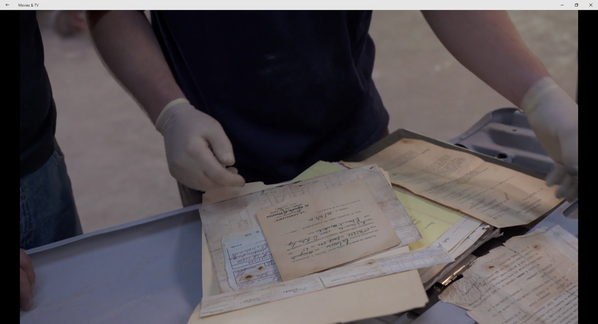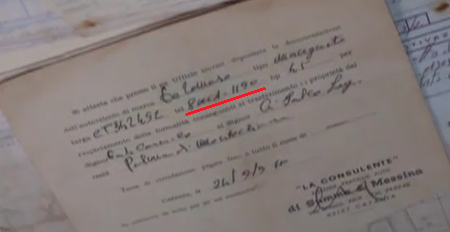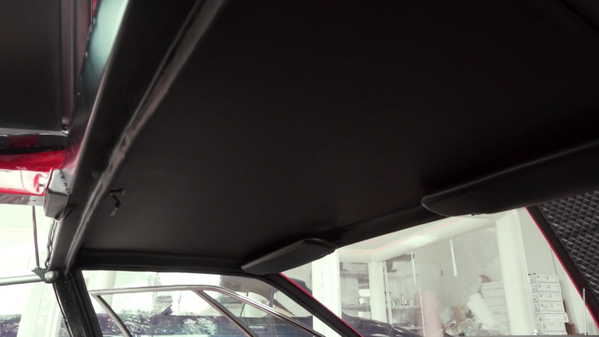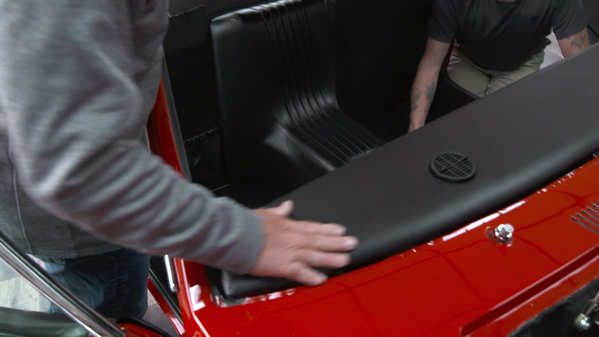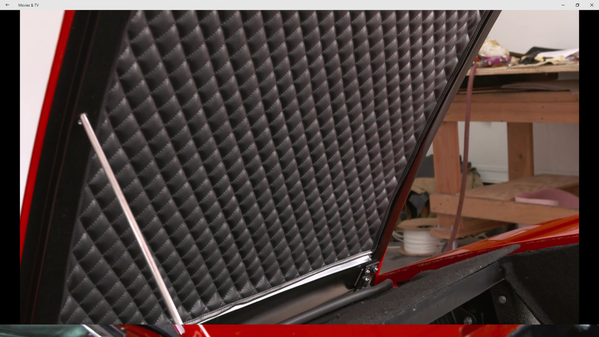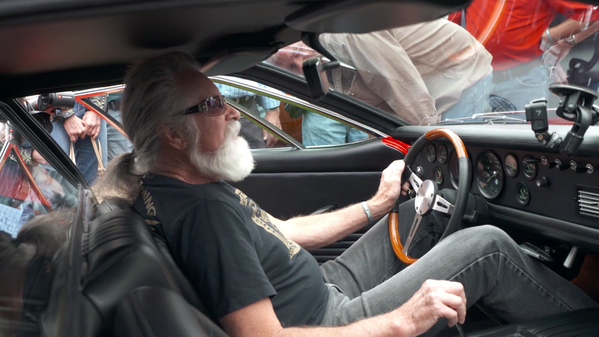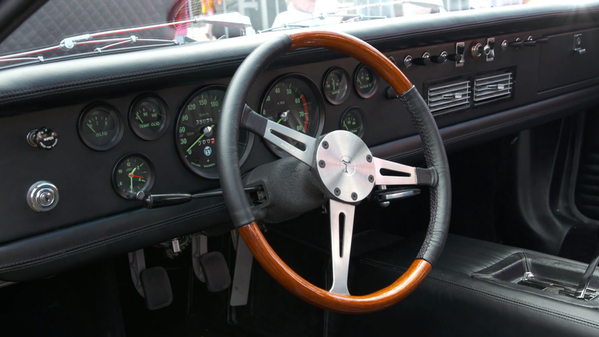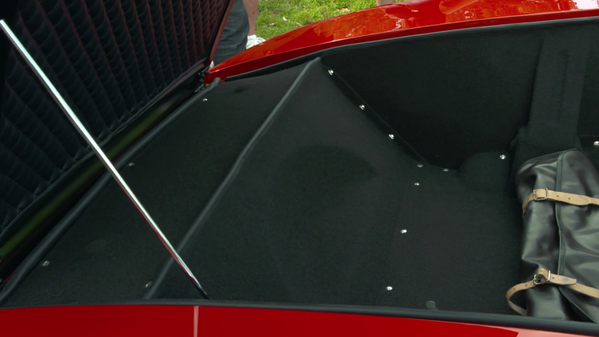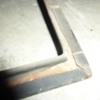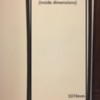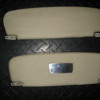OK students.....pay attention to those of you who didn't listen in math class...! The numbers previously posted don't add up! 
1302 is last known car, minus 104 (= 2 x 52 "German" cars produced) = 1198 would be the first German car serial number. This mysterious 1190 number is close.... so maybe a new homologation doc was needed for the German production???? I have an original homologation report that Claudia gave me when I visited the factory but I cannot say if it was a first run or second run sort of doc. It shows nasty dirty 289 parts (Webers) like they were just removed and photos taken...I think it also shows the 10" rear rims for racing... but I'll need to dig it out and find any reference to numbers...... it's been a while since I looked at it! Others may have this doc also.....
Comment about engines: DeTomaso used whatever he could get from Ford. Keep in mind there were some labor issues at the Cleveland plant which resulted in 289's being installed in 69 Mustangs due to production hiccups....
While only a handful of cars (maybe first 20-25 cars) got the 289HIPO engine, the rest were conventional 302's. BUT, there are instances of our cars getting "baby poop yellow" industrial engines as well, as DeTomaso took whatever he could get..... be it from the US, or stocks in Europe. The regular production 302's also varied in that some were air injection (smog pumps) versions for manual trans cars in 68, where in 69-70 the smog provision was dropped (except for Boss 302 429 and 428CJ) and manual trans and auto trans engines used the same heads.
The engines were also likely shipped in batches to coincide with production needs. Many have surmised that engines were pulled from the Ford lines to supply DeTomaso......highly unlikely! IF Ford was having problems getting engines of their own make (302's) why would they short their production lines to support some tiny car maker in Europe????
(I have never seen any examples of a 289 engine being put in any cars past the first 20-25 cars......... Claims of.....but no physical documented evidence. Just like Wayne's blathering about this CCC car having a 289.....false! Prove me wrong, it's only an opinion at this time!  )
)
DeTomaso either had to "order" engines from the parts division in the batches, or he had to take what was available. Like the industrial engines!
One example of a part which was possibly altered to support these "water pump" engines was the cast iron water pump pulley! The center hole in this pulley (I found on MY CAR!) is larger than the shaft size on most water pumps you can get today! An industrial pump had a larger shaft stub sticking out of it! SO when this pulley is used on a regular pump, you would have needed a spacer to keep the pulley aligned!
I found one of these spacers in an old water pump box that I had found somewhere....and when assembling the new 331 engine, I dug up this spacer and used it! I had always wondered why that center hole was larger than the water pump shaft stub.......
I REALLY wish that the gang would have put a set of stock valve covers with proper emblems on the car......just so wrong putting chrome covers on it when new emblems are available!
Mike commented about a rubber pad on the accelerator pedal?????? Never seen it! Even on the 6K mile original car in PA that I witnessed back in 97 98. Anyone else?????
He also mentioned the end of the turn signal stalk being black: This is a Lucas part borrowed from MG's of the day. Black could be a production variant OR, they forgot to send it out to the chrome shop (likely needed after sitting for so long!) so the shop just painted it black....... "who's gonna notice?!"
Did all the later cars, German included, get the junk tray? I've seen console posts here that have slightly different designs......with no tray....
Great discussion!!!!!!
Ciao!
Steve


